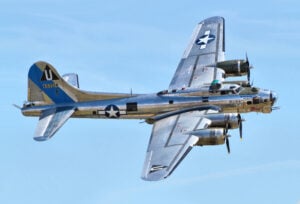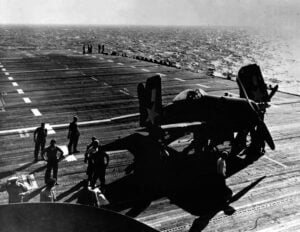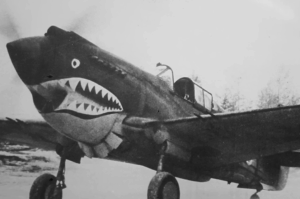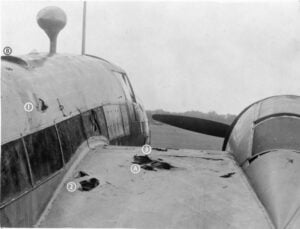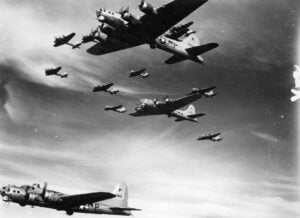Why the Arado AR 234 Was a Game-Changer During WWII
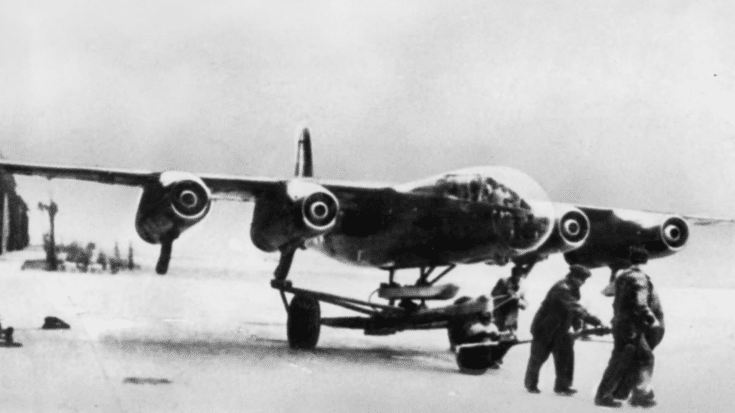
Panzer Archeology / YouTube
During World War II, advancements in aviation technology were reaching unprecedented levels, with new designs and capabilities that transformed aerial warfare. One of the aircraft that represented this shift was the Arado Ar 234, the world’s first operational jet-powered bomber. Although it entered service late in the war and was produced in limited numbers, its impact on aviation was undeniable. Known for its speed and technological innovation, the Ar 234 was a precursor to the jet bombers that would dominate post-war aviation. This aircraft symbolized a leap forward in bomber technology, emphasizing high-speed, high-altitude capabilities that had only been theoretical before.
Development and Design Origins
The Arado Ar 234 was conceived as early as the late 1930s, a time when German engineers were already envisioning the limits of propeller-driven planes. While piston-engine aircraft had improved remarkably, reaching faster speeds and greater altitudes, the potential of jet propulsion offered something entirely new. The development of jet engines was underway in both Germany and Britain, but Germany pursued the technology aggressively, seeing its potential for reconnaissance and bombing missions. Hans von Ohain’s early jet engine designs played a role, with Arado’s engineers beginning work on what would become the Ar 234 in response to a request from the German Ministry of Aviation in 1940.
The Ar 234’s initial design centered around a streamlined fuselage, straight wings, and two Junkers Jumo 004 engines mounted on the wings. The prototype, known as the E370 project, was projected to reach speeds up to 780 km/h with an altitude ceiling of 11,000 meters. Arado was tasked with creating a reconnaissance aircraft with exceptional speed and range, but achieving this goal faced significant delays due to challenges with jet engine reliability. The first prototypes were not ready until mid-1943, a full three years after the project began.
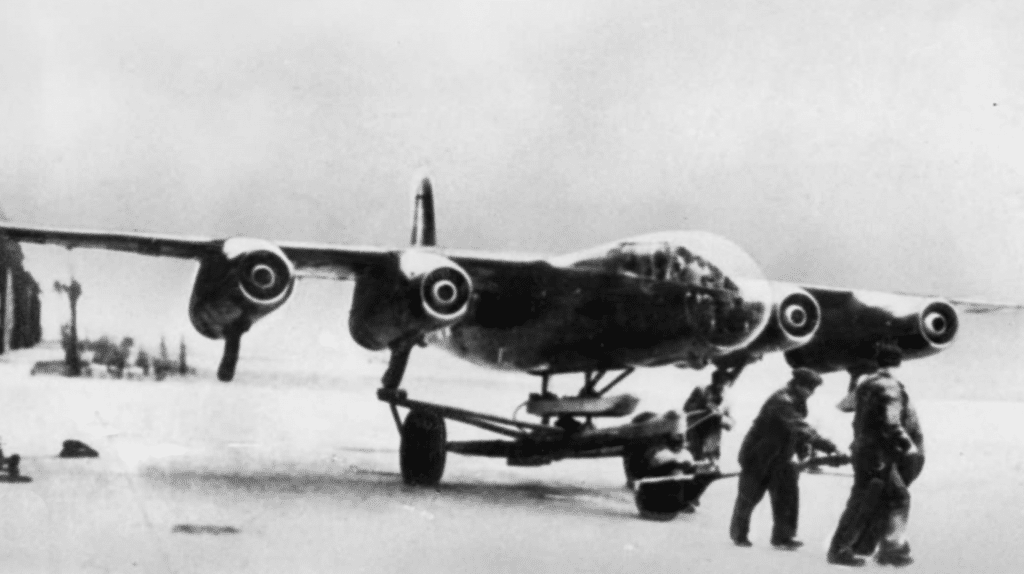
Early Test Flights and Challenges
When the Ar 234 prototypes finally flew in July 1943, they displayed remarkable speed and altitude capabilities. However, the design faced technical issues, most notably the lack of a landing gear system. Early models utilized a jettisonable takeoff trolley and skids for landing, a method inspired by the Me 163 rocket plane. The idea was to save weight and increase fuel capacity, but this system proved cumbersome in practice. Once the plane landed on its skids, it couldn’t be moved easily, making it difficult for ground crews to reposition or prepare it for another mission.
Engine fires and mechanical failures were also common in these early prototypes, hampering Arado’s progress. One of the early prototypes was destroyed in a crash caused by an engine fire, highlighting the risks of experimental jet-powered technology. Despite these setbacks, the German high command was impressed by the Ar 234’s potential and authorized Arado to prepare for larger-scale production. A retractable tricycle landing gear was eventually added to later versions, greatly improving the aircraft’s operational flexibility.
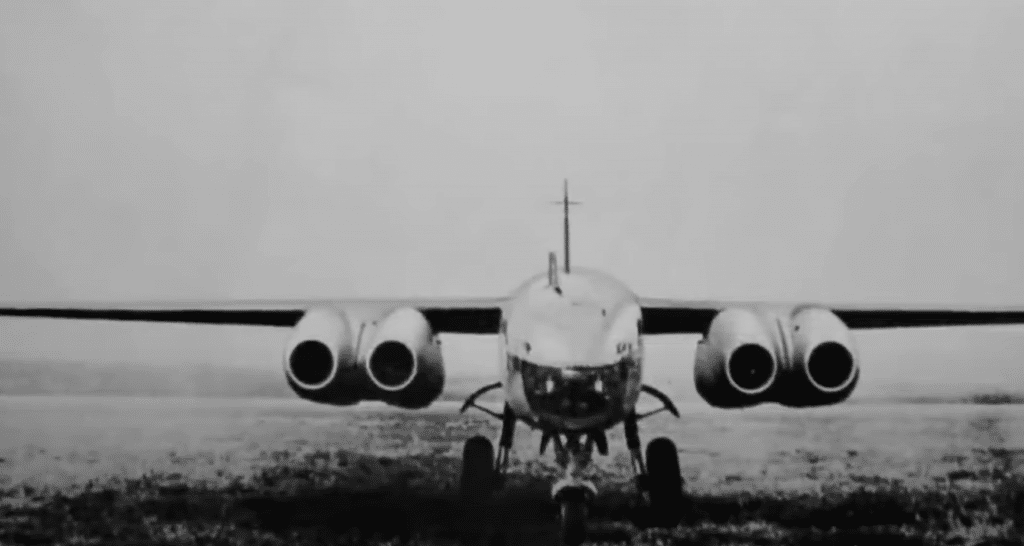
Operational Variants and Missions
The Arado Ar 234 went through several design iterations, each aimed at refining the aircraft for either reconnaissance or bombing. The Ar 234B series, introduced in 1944, was the first version to feature the retractable landing gear system and was specifically designed for reconnaissance. These aircraft were used to gather intelligence on Allied positions in Western Europe, particularly following the D-Day landings in Normandy. With its high speed and ability to fly at altitudes unreachable by Allied fighters, the Ar 234 was able to evade interception, giving German forces crucial information.
The bomber variant, the Ar 234B-2, was designed to carry up to 1,500 kilograms of bombs on external racks. However, the additional weight affected its speed, reducing its effectiveness compared to its reconnaissance counterpart. Nonetheless, the Ar 234B-2 was still capable of high-speed bombing raids, and rocket boosters were often installed to aid in takeoff, allowing it to achieve maximum speed even with a full bomb load. While its bombing capacity was limited, it showcased how jet propulsion could enable faster strike capabilities.
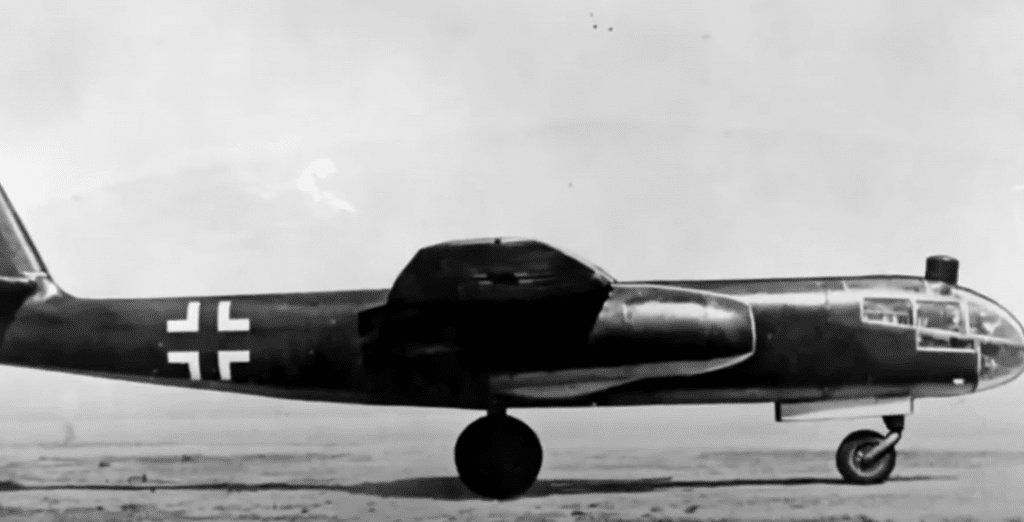
Innovations and the Introduction of Advanced Features
One of the most distinctive aspects of the Arado Ar 234 was its innovation in fuel capacity and engine arrangement. Engineers experimented with external fuel tanks and even designed an unconventional “flying fuel tank” that could be jettisoned mid-flight. The aircraft’s compact design, however, limited its internal storage, forcing engineers to get creative with fuel options. This emphasis on maximizing range underscored the Ar 234’s primary role as a reconnaissance asset rather than a heavy bomber.
The Arado team also experimented with additional engine configurations to enhance speed and reliability. The Ar 234C model featured four smaller BMW 003 engines mounted in twin pairs under each wing. This layout increased the aircraft’s thrust and overall performance, though the complexity of maintaining four engines instead of two added logistical challenges. The increased thrust improved its speed slightly but also increased fuel consumption, a tradeoff that restricted its operational range.
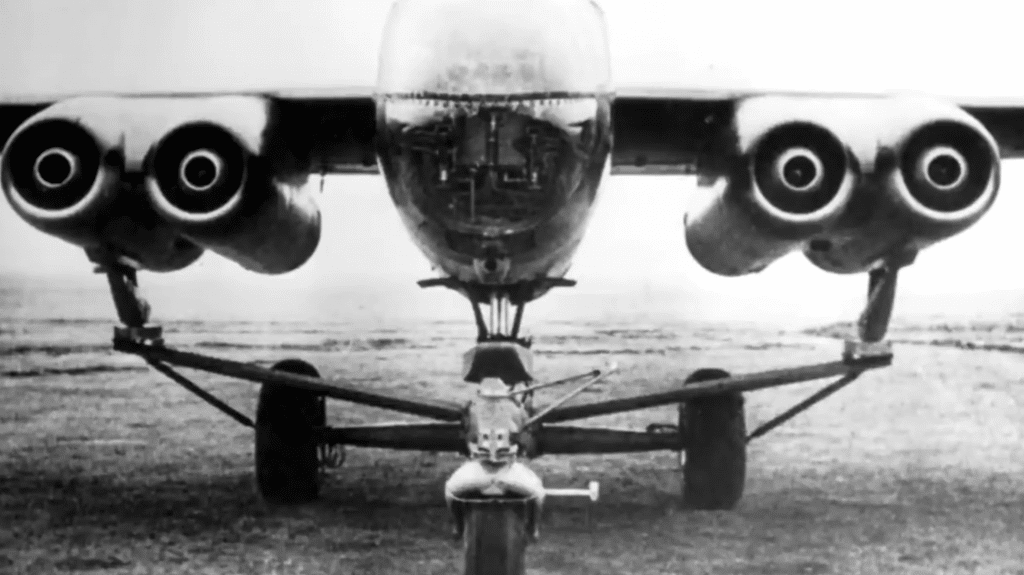
A Short-Lived Impact
Despite its impressive technology, the Ar 234 had limited impact on the outcome of World War II. Its late entry into the war meant that only a few units saw active duty, and by 1945, Germany’s resources were stretched thin. Nonetheless, the Ar 234’s reconnaissance missions offered valuable information that conventional aircraft could not have gathered as effectively. The plane’s ability to evade Allied interceptors gave German forces an edge in gathering intelligence, though it was not enough to change the course of the conflict.
While the Arado Ar 234 was primarily used in Europe, its technological innovations resonated beyond the war. Its introduction as a jet bomber laid the groundwork for post-war development in high-speed reconnaissance and bomber aircraft. Both the United States and the Soviet Union closely studied the Ar 234, incorporating its lessons into their jet development programs. The aircraft’s design, with a sleek fuselage and high-mounted engines, would inspire later models in the Cold War era, where jet bombers would play a significant role in military strategy.













